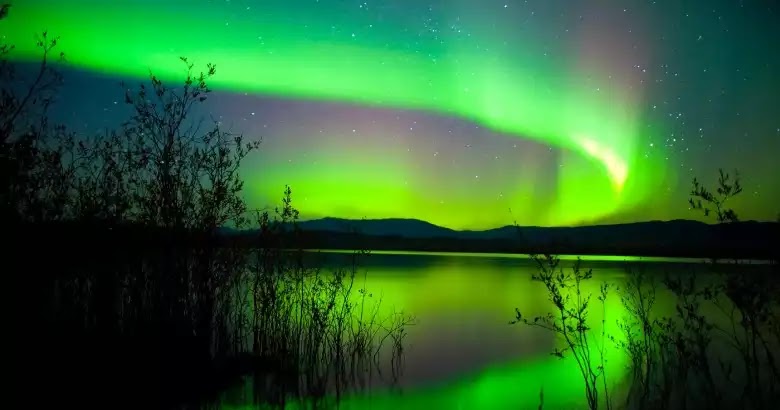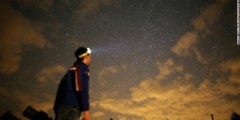Whether you know them by their scientific name, the aurora borealis, or their colloquial name, the Northern lights, there’s no denying that the brilliant, multi-colored natural phenomenon has thrilled humanity for generations. I mean, what’s not to love about a display of gorgeous lights in the night sky, surrounded by stars? However, while it’s easy to camp out when the weather report says that there will be aurora borealis activity that evening, how much do you really know about the phenomenon itself? Where do the northern lights come from? Who was the first to spot them? Why are there different colours? Why are they seen in the southern hemisphere as well, despite their name? What causes the different colours? There are so many questions surrounding the stunning lights.
While pretty much everyone knows of the northern lights, most of us don’t know too much about them – and we’re here to help. Here are 10 things you didn’t know about the aurora borealis. Next time you manage to catch a gorgeous light show, you can stun all your friends with your facts.
It can be extremely rewarding to get a good glimpse of the aurora borealis, but given that they’re easily visible with the naked eye and appear to be so close you could almost touch them, you would assume that they’re not easily perceptible from space, right? Well, not quite. Apparently, the phenomenon is visible from space, and the International Space Station’s orbit can even take it through the lights. So, as if astronauts weren’t lucky enough with their ability to see outer space from their spot on the ISS, they also get to take the best aurora borealis snaps.

























































